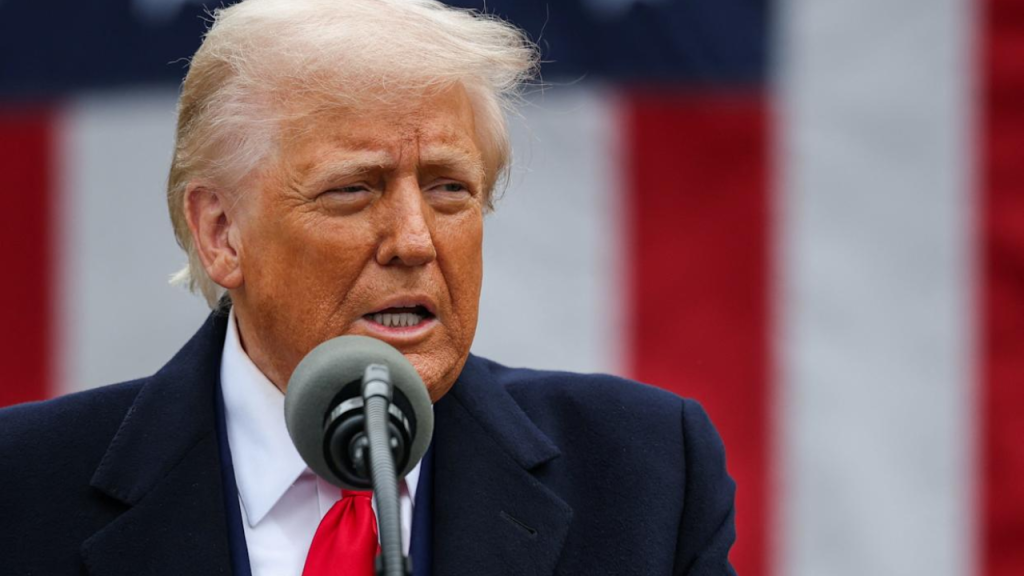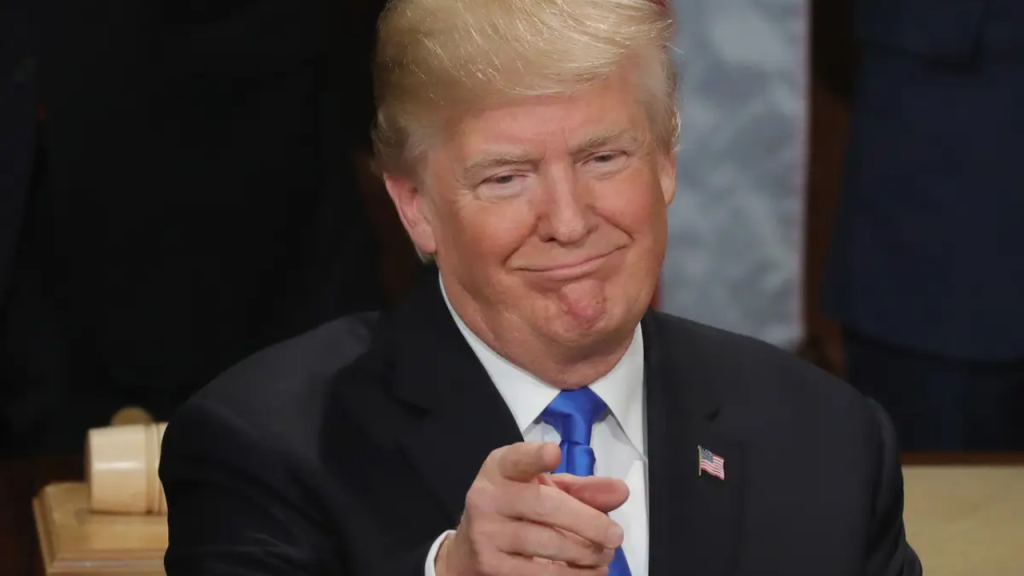
As President Donald Trump nears his first 100 days in office, recent polls are revealing mixed approval ratings, painting a picture of a presidency with both supporters and critics.
A series of new polls have shown a slight dip in Trump’s approval, signaling challenges for the president as he enters this crucial milestone.
According to a recent Reuters/Ipsos poll, Trump’s approval rating stands at 42 percent. The same poll also indicated that only 37 percent of Americans approve of how the president has handled the economy, a significant issue for many voters. These numbers are down from earlier in his presidency, suggesting that Trump’s policies may be starting to face more scrutiny.
However, not all polls reflect this downturn. An exclusive survey by DailyMail.com, released just a week before, shows Trump with a much higher approval rating of 54 percent, a figure tied with his highest-ever rating in February of the same year.
This divergence in polling results underscores the polarized nature of public opinion, with different polls capturing varying degrees of support for Trump’s leadership.
Trump’s approval rating isn’t just a number—it’s closely tied to his policy decisions and the public’s reaction to them. One of the most contentious aspects of his administration has been his approach to tariffs, a subject he has staunchly defended in recent interviews.
In a sit-down with TIME Magazine, President Trump reiterated his belief that the U.S. economy is headed in the right direction despite the criticism of his trade policies.
“We’re gonna have the wealthiest country we’ve ever had,” Trump told TIME, confidently asserting that an “explosion upward” in the economy is imminent. His words reflect a promise to American workers, particularly those in industries hit hard by global competition.
Trump’s supporters have embraced his “America First” approach, believing that his tariffs and policies will ultimately protect U.S. jobs and boost economic growth.
On the other hand, critics argue that Trump’s tariffs on imports, particularly steel and aluminum, are harming American businesses and consumers. These critics point to rising costs for manufacturers, especially those who rely on imported goods, as a direct result of the tariffs.
Some economists have warned that these protectionist policies could lead to higher prices for everyday products, affecting the average American family.
The economic impact of Trump’s tariffs has been felt across various sectors. For example, American farmers have expressed concerns about retaliatory tariffs from foreign countries, especially China, which has targeted agricultural products such as soybeans and pork.
As a result, the farming community, which was once a strong base of support for Trump, is now divided on the effectiveness of his trade policies.

Additionally, Trump’s handling of other key issues, such as healthcare and immigration, has also influenced his approval ratings.
Despite efforts to repeal and replace the Affordable Care Act (also known as Obamacare), Trump has faced criticism from both Democrats and Republicans who believe his healthcare plan does not adequately address the needs of the American people.
His administration’s stance on immigration, including the controversial border wall proposal and the separation of families at the U.S.-Mexico border, has also sparked protests and protests, particularly among immigrant communities and human rights advocates.
Despite these challenges, Trump’s base remains loyal. His supporters continue to praise his bold leadership and his willingness to challenge the political establishment. They view his unorthodox approach as a breath of fresh air in a system they believe has been broken for years.
The president’s unapologetic style, his use of social media, and his tough stance on issues such as illegal immigration resonate with a significant portion of the electorate, particularly in rural and conservative areas.
As Trump nears the end of his first 100 days in office, his approval ratings provide a mixed picture of his presidency. While some polls show a dip in support, others indicate that his approval is still strong among a sizable portion of the American public.
What is clear, however, is that Trump remains a deeply polarizing figure. His first 100 days have been marked by bold promises, controversial policies, and an unwavering commitment to his “America First” agenda.
With the 100-day mark quickly approaching, President Trump’s team is no doubt hoping that his policies, especially in areas such as jobs and the economy, will begin to show more tangible results.
The success or failure of his economic policies will likely play a significant role in shaping his approval ratings in the months ahead. As for his critics, they are waiting to see whether Trump’s promises of economic prosperity will be fulfilled or whether his policies will continue to spark controversy and dissent.
For now, President Trump’s approval rating remains a key point of discussion, both in the media and among American voters. His supporters remain optimistic about his leadership, while his critics continue to voice their concerns.
The coming months will be crucial for Trump as he works to navigate the challenges of governing and fulfill the promises that helped him win the presidency in the first place.
